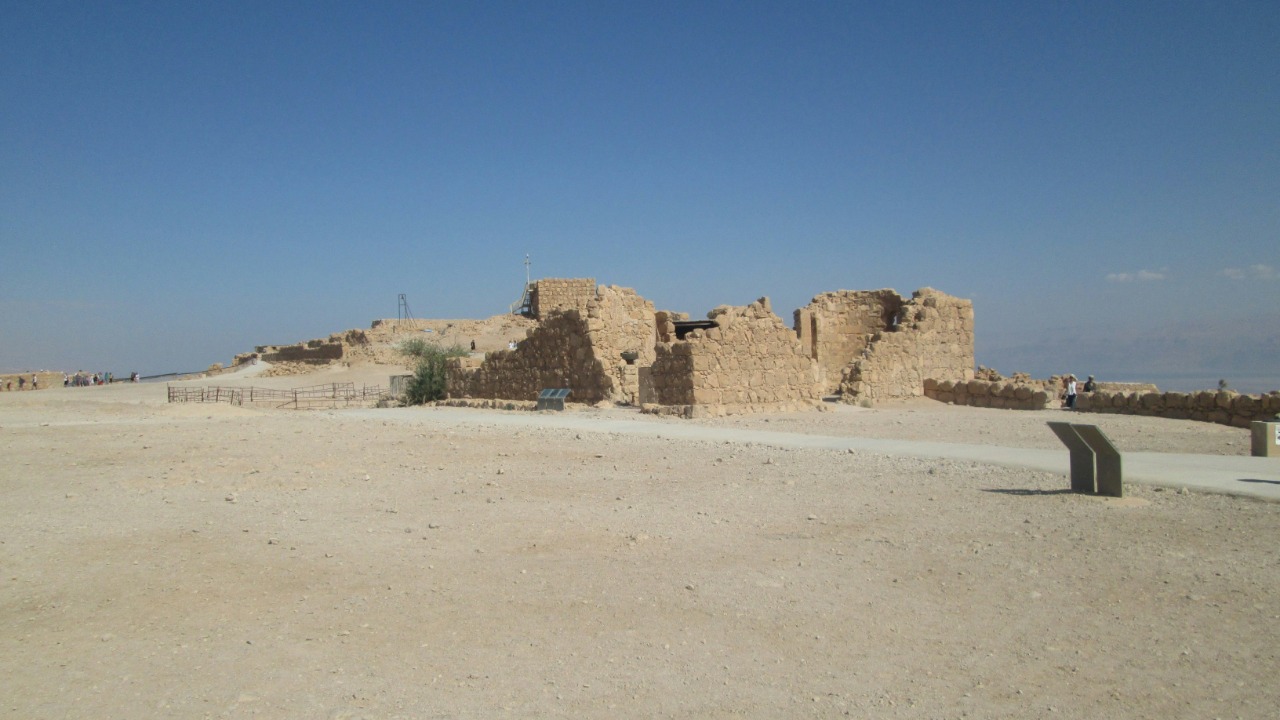
Archaeologists have recently unearthed a 5,000-year-old cultic space at the site of Kani Shaie in Iraq. This monumental building, deeply connected to ancient Uruk, one of the world’s first cities, offers a transformative glimpse into early urban societies in Mesopotamia. The discovery not only highlights the ritualistic architecture of the era but also potentially reshapes our understanding of prehistoric religious practices in the region.
Site Location and Excavation Background
The site of Kani Shaie is nestled within the ancient Mesopotamian landscapes that once connected rural areas to burgeoning urban centers. The archaeological team’s initial survey and excavation process, despite the challenges posed by the site’s terrain and prior disturbances, led to the unearthing of this significant structure. This excavation aligns with broader efforts to explore peripheral sites near major ancient cities like Uruk.
Description of the Cultic Space
The 5,000-year-old cultic space is characterized by its monumental scale and potential ritual layouts. Preserved altars and enclosures suggest its use for ceremonial purposes during the late Chalcolithic or early Uruk period. Artifacts found within the space, such as pottery or symbolic items, further indicate its religious significance. The building’s construction techniques, using local materials typical of 5,000-year-old Mesopotamian builds, offer insights into the architectural practices of the time.
Monumental Building Characteristics
The monumental building stands as a key structure within the site. Its size, orientation, and possible multi-room design suggest communal or elite functions. Evidence of deliberate placement, such as alignments with celestial or geographical features, reflect the architectural innovations of the era. The preservation state of the structure, despite environmental factors in Iraq, speaks to the resilience of ancient Mesopotamian architecture.
Ties to Ancient Uruk and First Cities
The Kani Shaie find shares direct connections with ancient Uruk, including shared stylistic elements in pottery or building styles from the world’s first cities. The discovery dates to around 3000 BCE, the time of the world’s first cities, and reflects cultural exchanges between urban hubs and surrounding settlements. Comparative artifacts that link the site to Uruk’s proto-urban developments, such as administrative tokens or iconography, further underscore these ties.
Transformative Significance of the Discovery
This discovery is deemed ‘transformative’ as it reveals non-urban cultic practices contemporaneous with city formation. The monumental scale of the building indicates organized labor or religious authority in pre-urban Iraq, offering implications for understanding social hierarchies of the time. The find also challenges previous assumptions about the spread of urban influences from sites like Uruk to peripheral areas.
Archaeological Methods and Team Insights
Archaeologists employed multidisciplinary approaches, including geophysical surveys and stratigraphic analysis, to confirm the 5,000-year-old dating of the cultic space. The team, comprising experts in Mesopotamian archaeology, contributed significantly to interpreting the site’s role. The excavation was facilitated by collaborative international efforts, overcoming regional challenges in Iraq.
More from MorningOverview